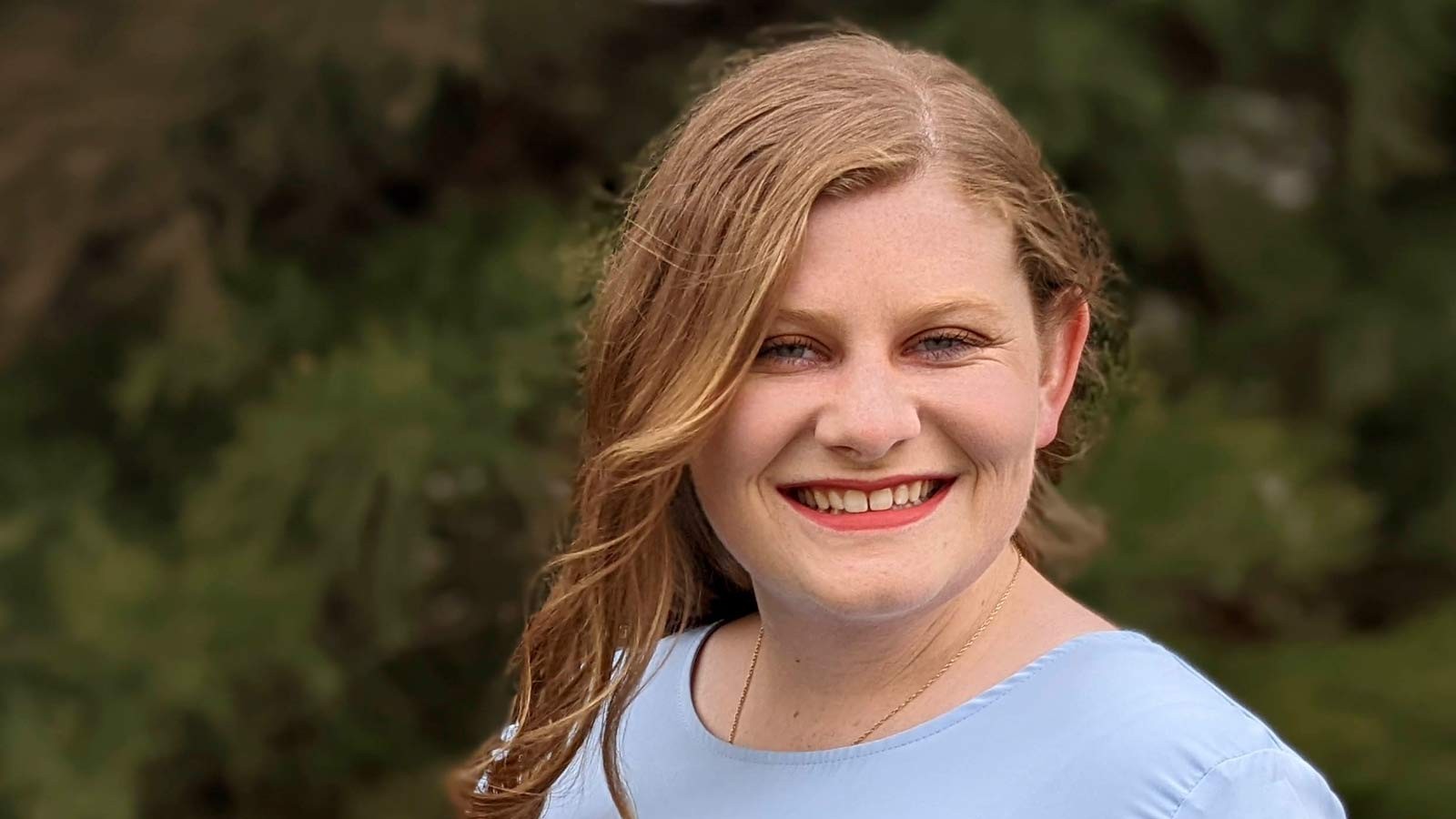On the Map: QCNR Graduate Julianne Atencio on Finding, Sticking With a Passion
By Lael Gilbert |
Graduating senior Julianne Atencio learned early-on in her university career a tricky lesson … the difference between just nailing a grade and tackling the tough material that could boost her skills in Geographical Information Systems.
Editor's note: As Commencement approaches, Utah State Today is highlighting graduating students.
When Julianne Atencio (BS Geography) arrived on campus at the beginning of her freshman year, she had never even heard of Geographical Information Systems, commonly known as GIS. She’d tentatively picked a major, but like many new students, she was equally passionate about a wide gamut of topics and activities: geology, performing with the USU color guard, hiking, playing viola in a community orchestra and hanging out with friends. But she knew that she needed an academic focus.
She had already spent a good six months poring over college catalogs, working through descriptions of academic majors and trying to settle on something that felt like a good fit. It wasn’t until a USU A-Day event that she happened upon a description of the Geography program in the Department of Environment and Society and felt the gears finally clicking into place.
This was a major that pulled huge landscapes and vast spatial networks into interconnected and understandable patterns, that literally mapped the world, opening borders to whoever knew how to read the data. Since then, she said, she’s never looked back.
Atencio has always done well in school. The strategy she uses, as simple as it sounds, is to sincerely believe at the beginning, when the learning curve is steep, that if she sticks with a new topic, or software or skill — keeps working at it, keeps plugging away — that eventually she’ll be a pro. And it works.
Most of the time. There was one time it didn’t, and it was an experience Atencio chose to share during her address to the graduating class of the Quinney College of Natural Resources. It was during her first semester at USU when she enrolled in a notoriously difficult lab course. She was struggling with the material and had serious doubts that she could bounce back to maintain her perfect grade point average, a streak she’d held since seventh grade. And then she failed. It was the first time, she said, that she had failed on that scale. She was fiercely disappointed, and worried about the integrity of her GPA.
And then suddenly, she wasn’t worried about her grade anymore. She was worried instead about the information she hadn’t learned, the hole in knowledge that the grade reflected. She couldn’t change her grade, she said, but she could still become that pro she envisioned, grade or no. She enlisted help from dedicated teaching assistants and a professor who spent time catching her up so that she could build on that hard-earned knowledge in future labs and courses. It was a major turning point for her academic life, she said. Grades became secondary to actual learning.
Being a student in QCNR let her “be seen,” said Atencio. Classes tend to be small, instructors know your name, and there are plenty of opportunities for one-on-one time to ask questions and get encouragement.
This spring, Atencio is the QCNR valedictorian for her graduating class. After six intense semesters at USU, she graduated with honors and is already gainfully employed as a GIS technician with the city of Saratoga Springs, Utah. She intends to set herself on a career track that will combine smart urban planning with technology-assisted responses to natural disasters like earthquakes, blizzards and floods.
“GIS technology, when used in smart ways, can really transform how communities respond to these kinds of traumatic events,” she said. “If we teach more people how to access this rich set of tools, everyone can be better prepared when they need to respond under pressure.”
WRITER
Lael Gilbert
Public Relations Specialist
Quinney College of Natural Resources
435-797-8455
lael.gilbert@usu.edu
TOPICS
Teaching 152storiesComments and questions regarding this article may be directed to the contact person listed on this page.







